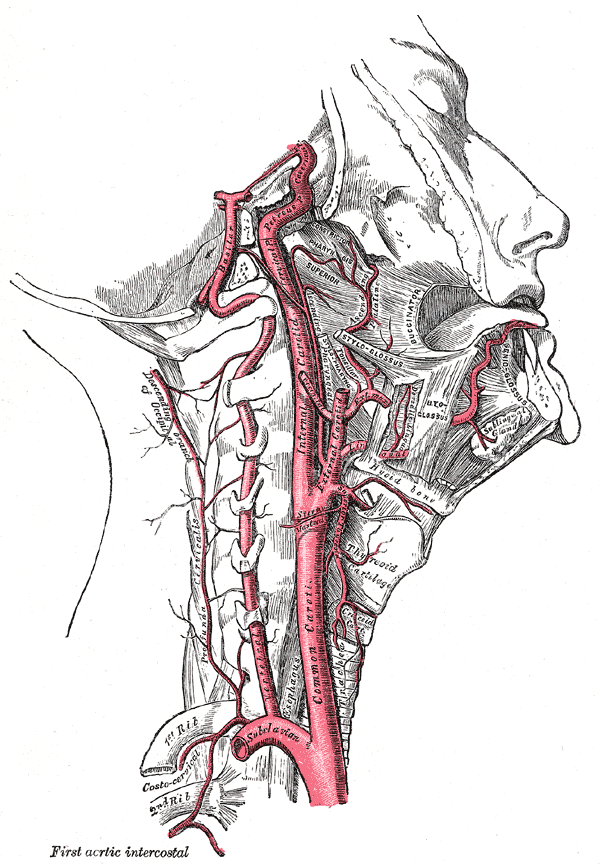
Asphyxia
Asphyxia or asphyxiation is a condition of deficient supply of oxygen to the body which arises from abnormal breathing.[3] [4] Asphyxia causes generalized hypoxia, which affects all the tissues and organs, some more rapidly than others. There are many circumstances that can induce asphyxia, all of which are characterized by the inability of a person to acquire sufficient oxygen through breathing for an extended period of time. Asphyxia can cause coma or death.
"Oxygen deprivation" redirects here. For other uses, see Hypoxia (disambiguation) and Asphyxia (disambiguation).In 2015, about 9.8 million cases of unintentional suffocation occurred which resulted in 35,600 deaths.[1][2] The word asphyxia is from Ancient Greek α- "without" and σφύξις sphyxis, "squeeze" (throb of heart).[5]
If there are symptoms of mechanical asphyxia, it is necessary to call the Emergency Medical Services.[22] In some countries, such as the US, there may also be self-acting groups of voluntary first responders who have been trained in first aid.[23] In case of mechanical asphyxia, first aid can be provided on your own. In such a situation, you need to do the following: